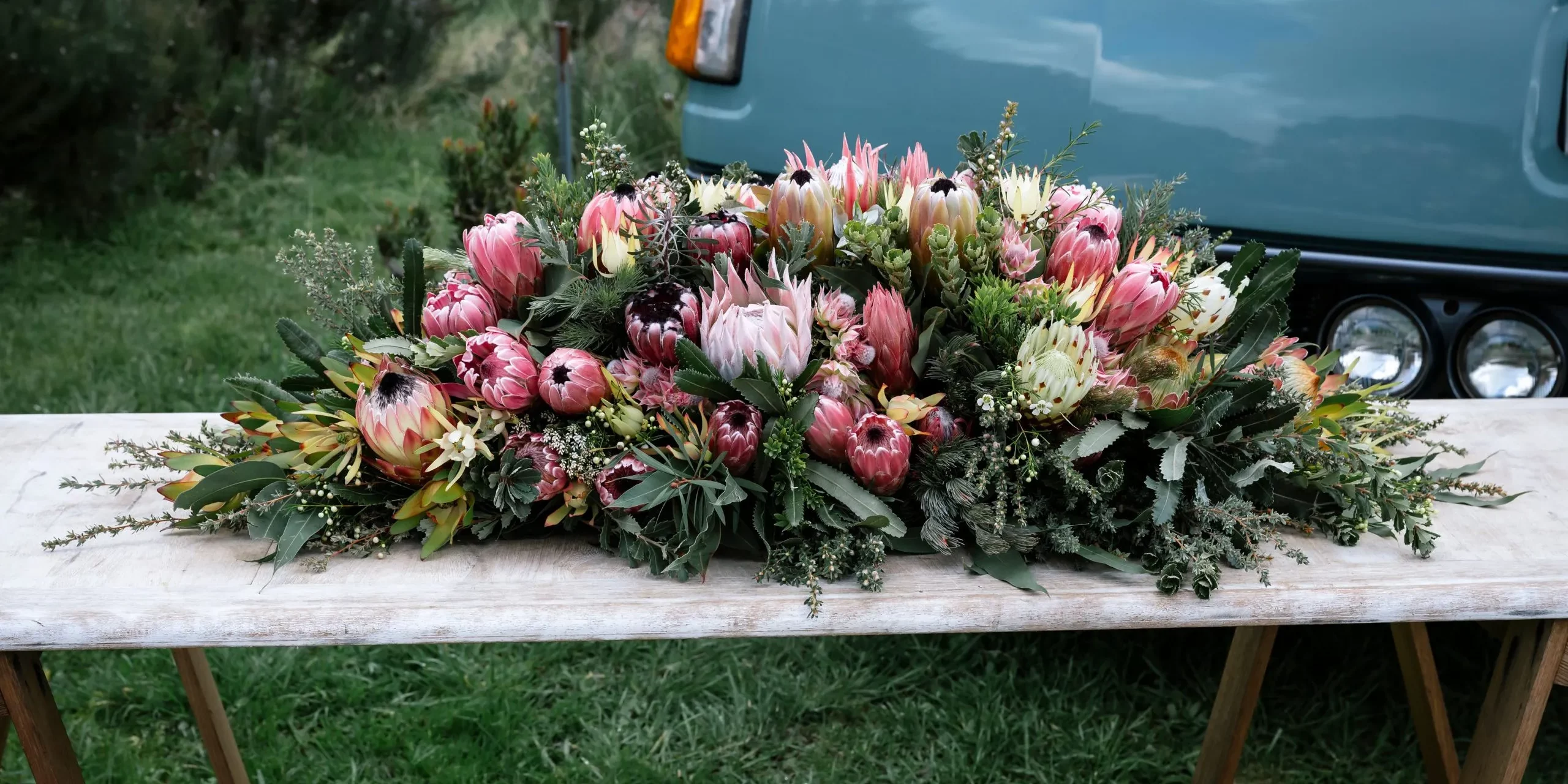You might not immediately associate such diverse business types as funeral directors and the car industry; however, you should remember that in many cases, almost every funeral needs at least one car and multiple vehicles. The good news is that even if you are unsure what transportation you might need for the funeral of a loved one, funeral directors will be more than happy to advise and help you.
Part of the advice and help that funeral homes provides when organising a funeral will almost certainly include what types of transportation you will need and might want, given that there are several options. This article will briefly examine your funeral transportation options to help you better understand them.
The Hearse
Almost without exception, the one car that every funeral will require is the hearse, which is the car in which the coffin of the deceased is transported from the funeral home to the funeral service if it is to be held in another location, and then onwards to the cemetery or crematorium.
Hearses are large and akin to a station wagon and usually have multiple windows so that the coffin can be seen when it is inside. In most hearses, there will be two seats in the front, one of which is obviously for the driver, and the passenger seat is usually used by one of the funeral company companies such as the bearer.
Most hearses are black. However, no rule makes that mandatory. Where the funeral might be for a child, a white hearse is often requested, and other colours, such as pink, might also be used when the deceased is a young female.
Beyond the standard hearse cars, many other options are possible. Motorcycle hearses are often chosen, especially if the deceased loved riding motorbikes. The coffin is placed in a large, windowed sidecar attached to a motorcycle.
For those who wish to include some tradition in a funeral, a horse-drawn hearse is possible, or a vintage hearse from yesteryear is often famous. Some funeral directors are also willing, within the bounds of respectability, to provide a customised hearse, with examples including hot rod cars and golf buggies to transport the coffin.
Lead Car
The lead car is the one that follows behind the hearse during transportation, and invariably, this is the car in which the deceased’s family will travel. Immediate family can include the dead’s partner, children, siblings, or parents should the person pre-decease them.
Lead cars can be large limousine-type cars or larger luxury cars, depending on what an individual funeral company has available, with many of them able to seat up to eight people. The lead car will, in most cases, be black, although they can be other colours too, such as grey, graphite, or dark silver.
Escort Cars
If the deceased had a large extended family, it could be that, given the number of relatives that need to be transported, additional escort cars are requested. These can be identical to the lead car, although that will again depend on the funeral company and the fleet of cars they use. As such, the escort cars may differ from the lead car.
Disability Car
Suppose any of the people attending the funeral and needing to be transported have a disability that requires them to be in a wheelchair. In that case, your funeral directors may be able to offer them a disability car. This car may have a ramp where a wheelchair can be safely positioned for each journey.





